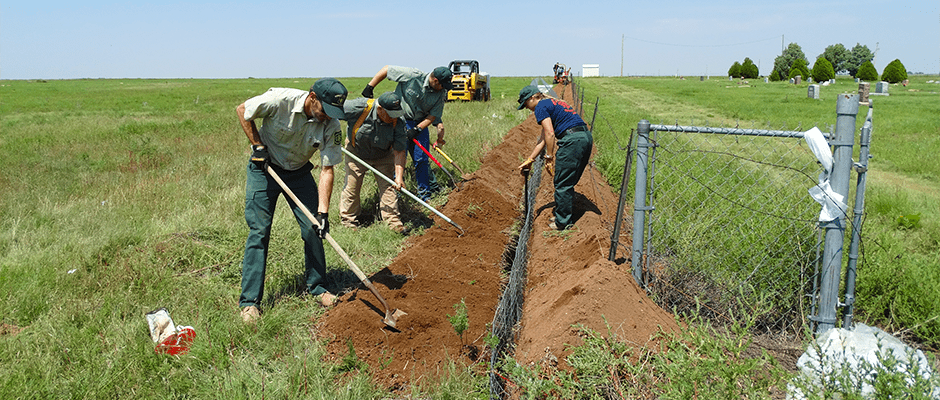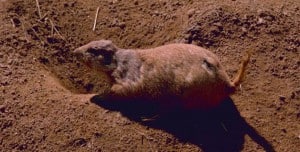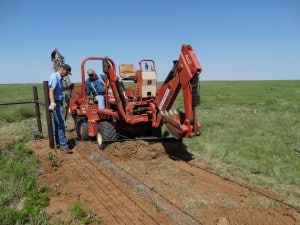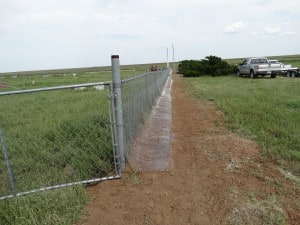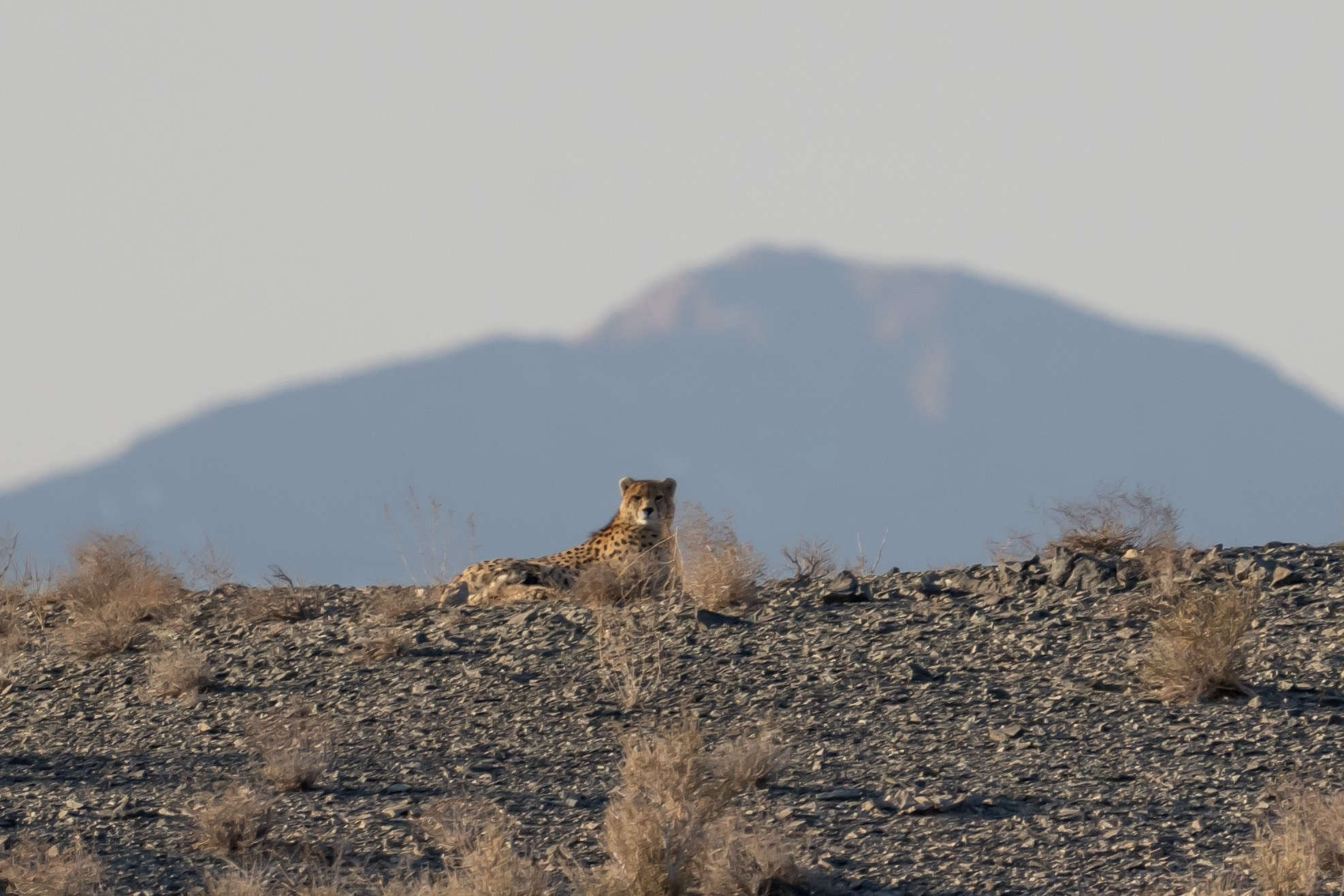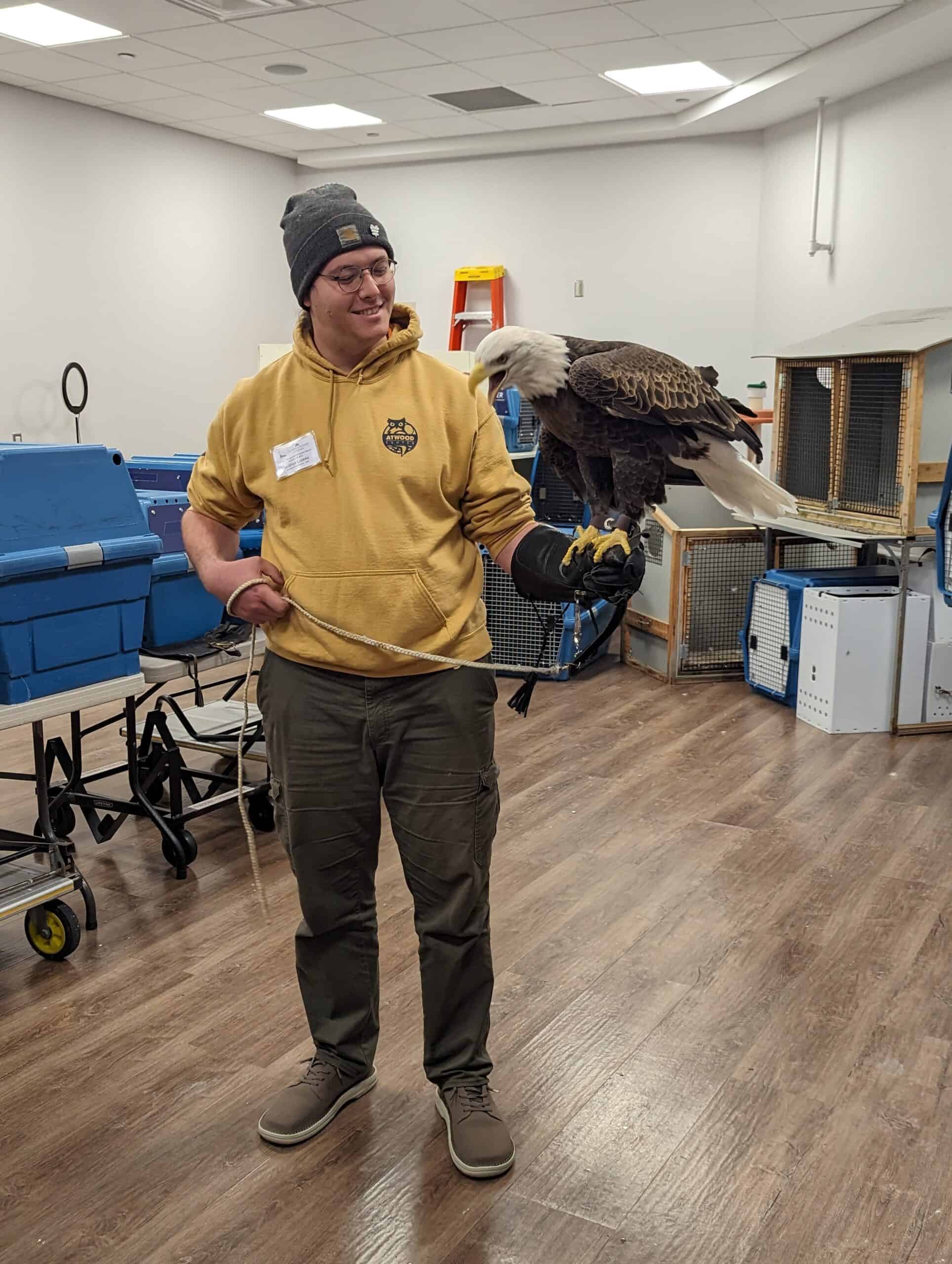Share this article
USDA and Others Work to Protect Cemetery, Prairie Dogs
Earlier this year, a black-tailed prairie dog (BTPD) colony expanded into a remote, rural cemetery surrounded by U.S. Forest Service (FS), state and private lands. Internments, which began in 1915 in the Cimarron County cemetery, continue today and BTPD burrowing activities were disturbing decades-old caskets and human remains.
In Oklahoma, BTPDs are managed by the state’s Department of Wildlife Conservation (ODWC), which worked with the FS, cemetery caretakers, and concerned Oklahoma legislators to find a suitable solution.
“This is and was a partnership effort,” explained Mike Atkinson, District Ranger at the Kiowa and Rita Blanca National Grasslands. “State and Federal agencies and private individuals pulling together is the success story.” He noted that the FS also consulted with Dr. Jack Cully, Jr. retired from Kansas State University and conducting monitoring of BTPD for the FS.
ODWC and the FS contacted the Wildlife Service (WS) program in Oklahoma whose director Kevin Grant noted that this operation is a good example of using the WS Decision Model to select a method to reduce damage. The partners considered the species, characteristics of the damage including its magnitude, costs of different methods, and other factors in gauging the potential of methods from nonlethal to lethal.
Cemetery caretakers had received a permit for lethal control. Concerns were raised that this would not provide a reasonably long-term solution due to the nearby abundance of BTPD, the expansive buffer area that might be required, and recurring costs of some methods. Public land in Oklahoma within the Rita Blanca National Grasslands is a Wildlife Management Area, ruling out shooting. Grant obtained relevant research regarding prairie dog-resistant barrier fencing from WS’ National Wildlife Research Center (NWRC), which explained varying success with them.
In August, the FS and ODWC constructed the 1,400-foot boundary of fine-mesh livestock fencing to hinder BTPD encroachment into the cemetery. The barrier, buried 3 ½ to 4 feet along the perimeter, either attached to an existing chain link fence or along a barbed-wire fence line about 2-3 feet above ground level. In place for just three months, the barrier is working although a solution is being sought for the potential for BTPD to squeeze under gates onto the property.
A few BTPDs were stranded in the cemetery when the fence was erected. A WS specialist and FS biologist worked to capture and relocate them to a suitable area. To reduce damage to remains in the cemetery, eventually WS did remove about a dozen lethally.
As with most damage management operations, the partners are now in the monitoring phase to determine whether the small-acreage exclusion tactic will continue to protect the cemetery — as well as the neighboring prairie dogs on the grasslands.
(More information on prairie dog-resistant barriers is available here).
Wildlife Services is a Strategic Partner of TWS.
Header Image: Image Credit: USDA Forest Service



